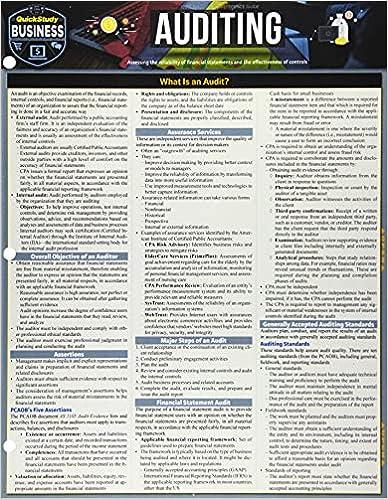Question
Can I have the answer for a, b, d(future value factor) of the problem below? I put a, 75,469 b, 12,250 and d(future value factor)
Can I have the answer for a, b, d(future value factor) of the problem below?
I put a, 75,469 b, 12,250 and d(future value factor) 1.063 and they were all wrong.
Alex is 31 years old and has lived in Los Alamos, New Mexico, for the last four years where he works at the Los Alamos National Laboratory (LANL). LANL provides employees with a 401(k) plan and for every $1 an employee contributes (up to 9 percent of the employees salary) LANL contributes $3 (a 3-to-1 match). The plan provides a six-year graded vesting schedule. Alex is now in his fifth year working for LANL, and his current year salary is $150,000. Alexs marginal tax rate is 28 percent in 2016.
Answer the following questions relating to Alexs retirement savings in 2016. (Use Exhibit 13-2, Exhibit 13-3) (Do not round intermediate calculations. Round "Future value factor" to 4 decimal places. Round final answers to the nearest whole dollar amount.) a. Assume that over the past four years, Alex has contributed $45,000 to his 401(k) and his employer has contributed $115,000 to the plan. The plan has an account balance of $175,000. What is Alexs vested account balance in his 401(k)?
b. Because Alex considers his employers matching contributions free money, he wants to maximize the amount of LANLs contributions. What is the least amount Alex can contribute and still maximize LANLs contribution?
c. In need of cash to build a home theater, Alex withdrew $30,000 from his traditional 401(k) account. What amount of the withdrawal, after taxes and penalties, will Alex have available to complete his project?
d. Assume that Alex contributes $10,000 to his traditional 401(k) account this year. Also assume that in 30 years, Alex retires (at age 61) and withdraws the $10,000 contribution made this year and all the earnings generated by the contribution. Also assume that his marginal tax rate at the time he retires is 25 percent. Ignore any prior or subsequent contributions to his plan. If Alex earns a 6 percent annual before-tax rate of return, what are his after-tax proceeds from the distribution?
Step by Step Solution
There are 3 Steps involved in it
Step: 1

Get Instant Access to Expert-Tailored Solutions
See step-by-step solutions with expert insights and AI powered tools for academic success
Step: 2

Step: 3

Ace Your Homework with AI
Get the answers you need in no time with our AI-driven, step-by-step assistance
Get Started


